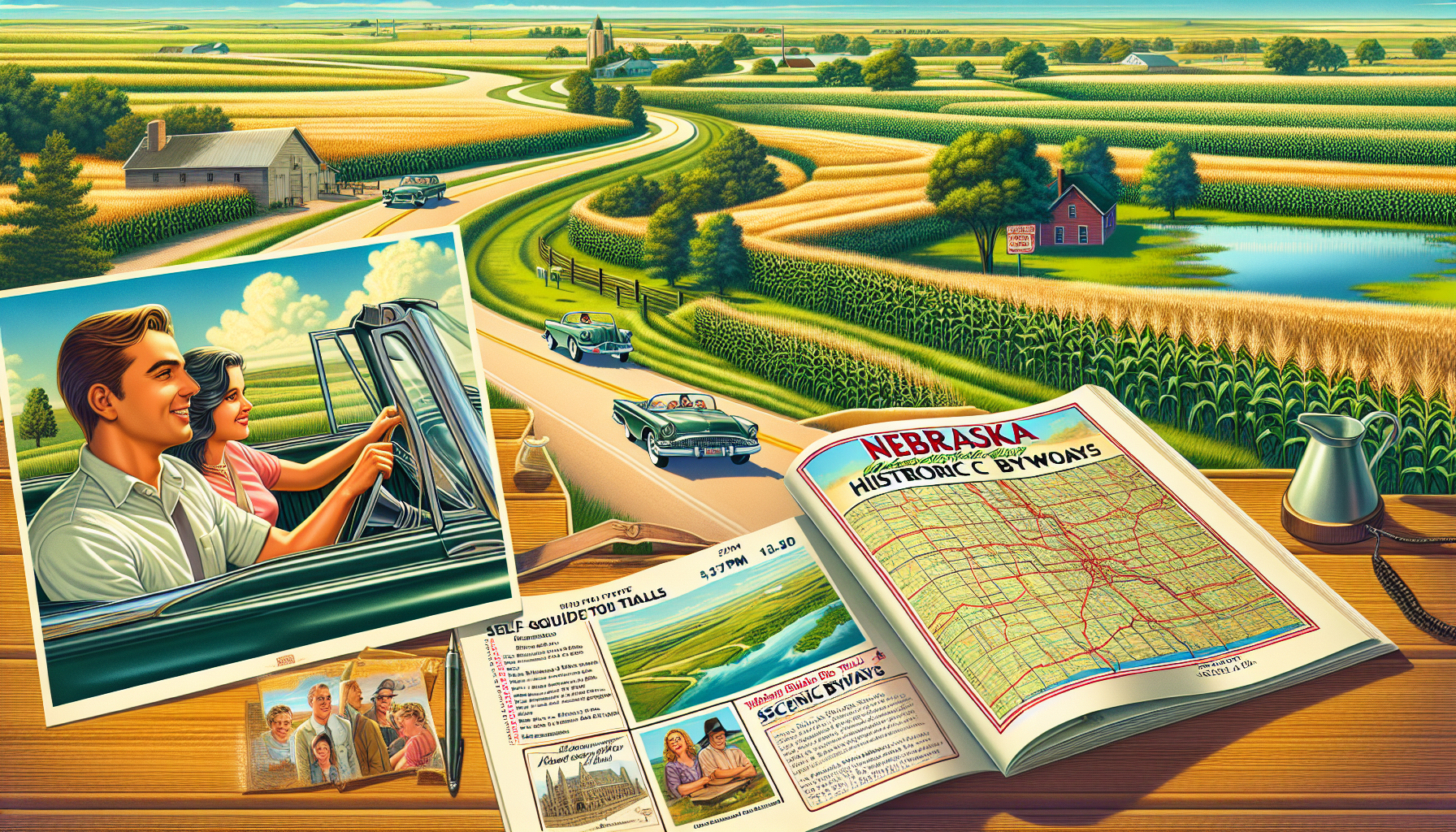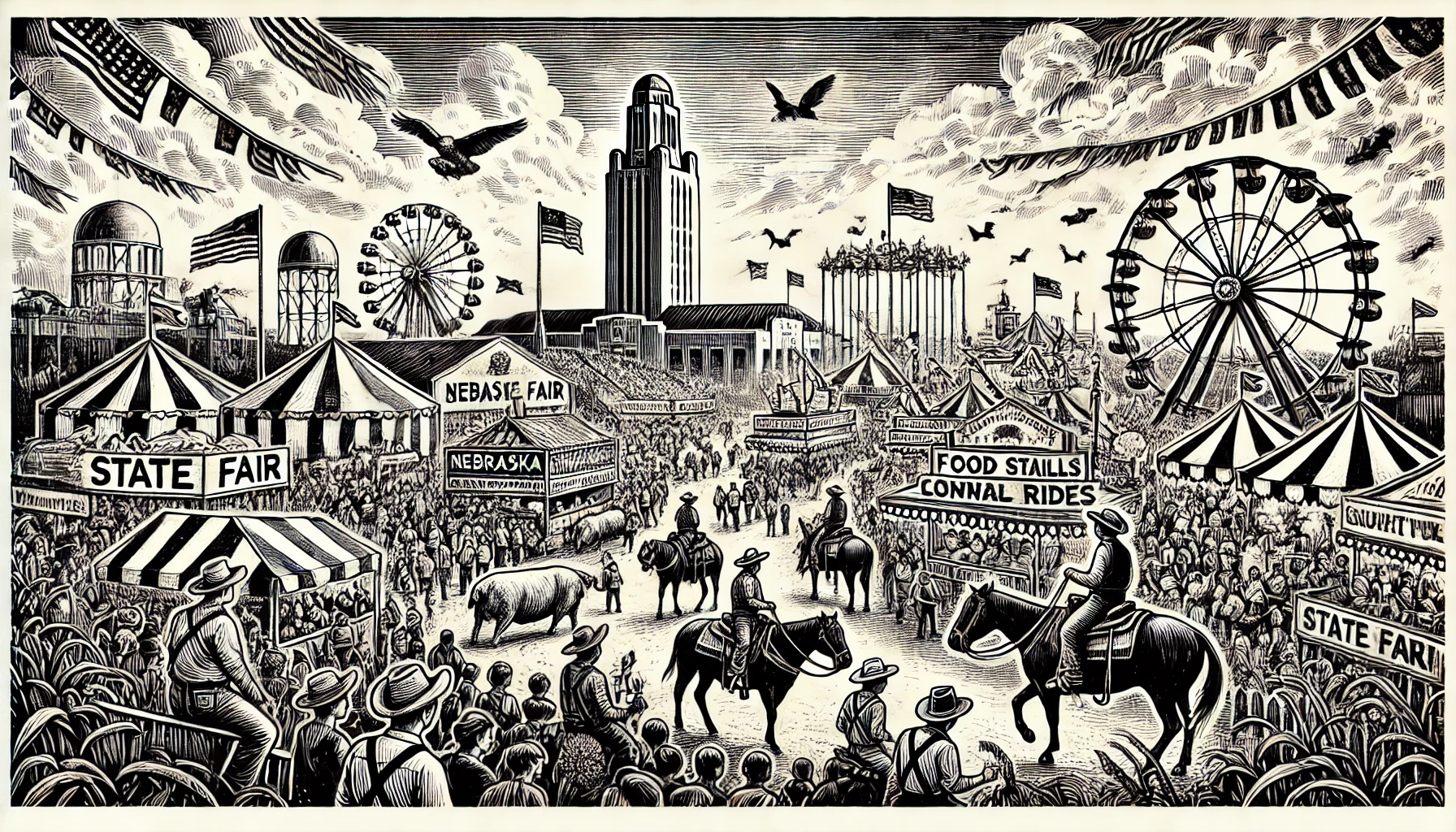Fort Kearny History: Nebraska's Strategically Located Outpost

Located near present-day Kearney, Nebraska, along the Platte River bottomland, Fort Kearny was a pivotal military outpost established in June 1848. The United States Army constructed the fort to provide protection to Mormon Trail settlers traveling from Iowa to Utah and those heading to Oregon and California. Strategically positioned where the river narrows to about one mile wide, Fort Kearny offered the ideal location for safeguarding travelers against hostile Native American tribes and marauding bands.
Fort Kearny History dates back to pre-Civil War times, when a strategically located outpost could be the difference between life and death for thousands of travelers heading westward. In 1849, during its first full year, an estimated 24,400 men, women, and children, as well as thousands of livestock, passed by the fort on their westward journey, followed by nearly 50,000 the following year. To adequately manage these large influxes of travelers, the post's military authorities and early settlers initially constructed primitive accommodations such as wooden stockades and cabins, gradually upgraded later to wood-frame structures and an officers' quarters.
Fort Kearny's significance extended far beyond the realm of simply safeguarding travelers. The post provided assistance to mail carriers and stagecoach outfits as well, facilitating the essential movement of vital information across the Great Plains region. Furthermore, Fort Kearny offered desperately needed supply depots for the settlers and the military units active in the area. Examples of goods supplied included tools, groceries, hay, lumber, and ammunition, acquired through numerous trade agreements with local vendors, traders, and Pawnee tribes.
Despite several challenging environmental factors, including rapid soil erosion near the fort and heightened floods along the Platte River, Fort Kearny successfully deflected multiple attacks by hostile Native American tribes during its operational years, resulting in its distinction as one of the few frontier outposts of the American West without a recorded battle. Among such interactions were recurring encounters with groups of Lakota, Omaha, and Cheyenne tribesmen.
However, as its significance dramatically diminished during the 1870s following the decline of the Native American threat as well as advances in stagecoach travel speeds and rail networks, in 1871 Fort Kearny was ultimately disbanded and then repurposed for farming and dairy purposes by local Nebraska residents.
In 1928, to honor the outposts rich historical past, Nebraska State Senator John J. Cornwell established Fort Kearny State Park, spanning over 15 acres of the original settlement area. Many of the now-reconstructed buildings feature architectural designs commonly found in Nebraska river bottoms; notable preservation and reenactment efforts there show appreciation for the massive military presence at Kearny, as well as underscore its unique geographical spot as integral to American migration.
Years later, following intense archaeological studies, visitors to the park site today could walk through an essentially accurate portrayal of what daily life may have been like at Fort Kearny, survey some recreated examples of Army supply facilities, post office areas, military parade grounds and interpret exhibits within its museum which showcase in depth artifact displays.
Due to renewed archaeological research starting from the 1990s indicating many historically authenticated significant archaeological details as to presence on the United States government military 'map' were put at Fort Kearny that had gone largely undetected decades previously, more reassembled sites began displaying a notably additional role serving contemporary explorations by scientists interested in examining the large dynamic and change through time over three decades throughout that lesser West.
Fort Kearny History dates back to pre-Civil War times, when a strategically located outpost could be the difference between life and death for thousands of travelers heading westward. In 1849, during its first full year, an estimated 24,400 men, women, and children, as well as thousands of livestock, passed by the fort on their westward journey, followed by nearly 50,000 the following year. To adequately manage these large influxes of travelers, the post's military authorities and early settlers initially constructed primitive accommodations such as wooden stockades and cabins, gradually upgraded later to wood-frame structures and an officers' quarters.
Fort Kearny's significance extended far beyond the realm of simply safeguarding travelers. The post provided assistance to mail carriers and stagecoach outfits as well, facilitating the essential movement of vital information across the Great Plains region. Furthermore, Fort Kearny offered desperately needed supply depots for the settlers and the military units active in the area. Examples of goods supplied included tools, groceries, hay, lumber, and ammunition, acquired through numerous trade agreements with local vendors, traders, and Pawnee tribes.
Despite several challenging environmental factors, including rapid soil erosion near the fort and heightened floods along the Platte River, Fort Kearny successfully deflected multiple attacks by hostile Native American tribes during its operational years, resulting in its distinction as one of the few frontier outposts of the American West without a recorded battle. Among such interactions were recurring encounters with groups of Lakota, Omaha, and Cheyenne tribesmen.
However, as its significance dramatically diminished during the 1870s following the decline of the Native American threat as well as advances in stagecoach travel speeds and rail networks, in 1871 Fort Kearny was ultimately disbanded and then repurposed for farming and dairy purposes by local Nebraska residents.
In 1928, to honor the outposts rich historical past, Nebraska State Senator John J. Cornwell established Fort Kearny State Park, spanning over 15 acres of the original settlement area. Many of the now-reconstructed buildings feature architectural designs commonly found in Nebraska river bottoms; notable preservation and reenactment efforts there show appreciation for the massive military presence at Kearny, as well as underscore its unique geographical spot as integral to American migration.
Years later, following intense archaeological studies, visitors to the park site today could walk through an essentially accurate portrayal of what daily life may have been like at Fort Kearny, survey some recreated examples of Army supply facilities, post office areas, military parade grounds and interpret exhibits within its museum which showcase in depth artifact displays.
Due to renewed archaeological research starting from the 1990s indicating many historically authenticated significant archaeological details as to presence on the United States government military 'map' were put at Fort Kearny that had gone largely undetected decades previously, more reassembled sites began displaying a notably additional role serving contemporary explorations by scientists interested in examining the large dynamic and change through time over three decades throughout that lesser West.
